Armeria seaside: description, planting and care

One of the most beautiful plants used to decorate gardens is the seaside armeria. It is represented by a variety of varieties, each of which is distinguished by its special beauty. This flower is unpretentious to care for, which allows even novice gardeners to grow it.
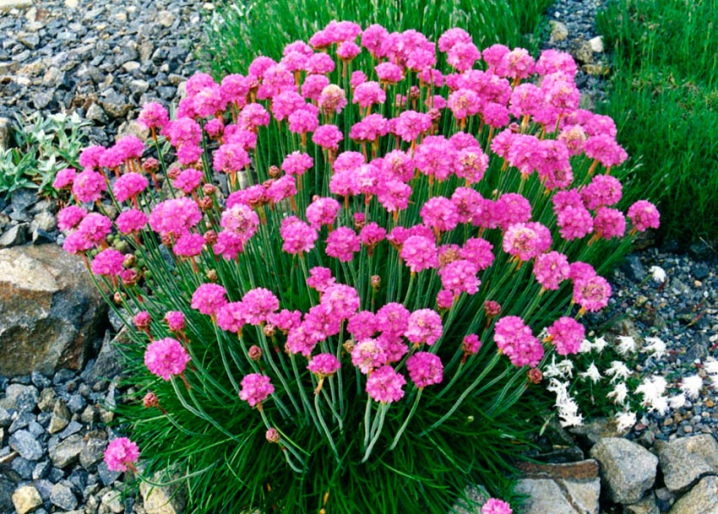
Peculiarities
Armeria maritima is a perennial herb, on an erect long stem of which there are many leaves and small flowers collected in one rosette. Flowers can be of different colors, ranging from pink to white. Their height does not exceed 40 cm, during the flowering period it can reach 60 cm. The flower of the plant is located in a special way on the peduncle, it looks like a ball. Today, you can find many types of this flower, each of which has its own description.
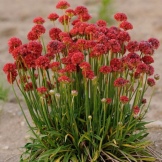
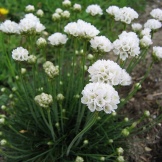
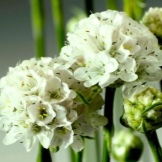
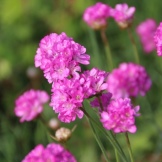
Armeria seaside can be grown both in containers and in the open field. It is undemanding to care for, the only thing is that in winter the perennial must be covered with spruce branches. With the help of this ornamental plant, you can create original flower arrangements in flower beds, as they are perfectly combined with other flowers.
Varieties
Seaside armeria is one of the most beautiful garden plants, it can be grown in any climatic zone of the country. Moreover, each type of plant differs in the color of the inflorescences, foliage and the structure of the bush. The most popular perennial varieties include the following.
- "Magnificent". It is a compact flower with evergreen leaves. The stem of the plant is rounded, rigid, and straight. Inflorescences are 50 mm in diameter, they are white, bright red or pale pink. This perennial retains its decorative qualities even after the flowering period, which ends in October.
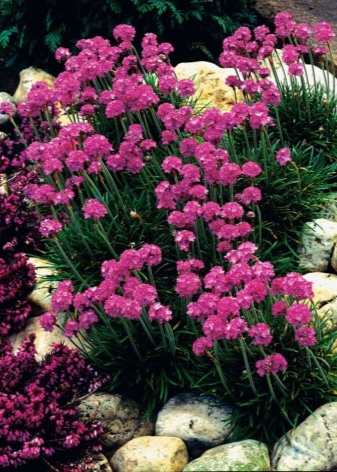
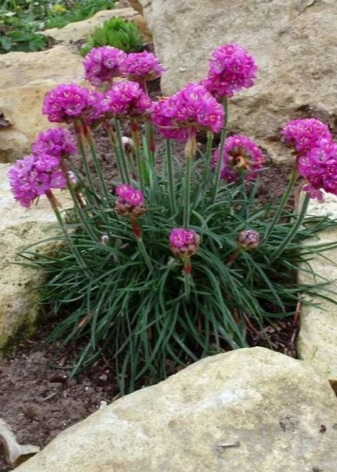
- Juniperous (turfy). It is a beautiful mountain plant with drought tolerance. Armeria soddy blooms profusely, releasing pink or red buds. The variety is distinguished by its short stature, therefore, in the places of planting, the culture grows in the form of a dense carpet.
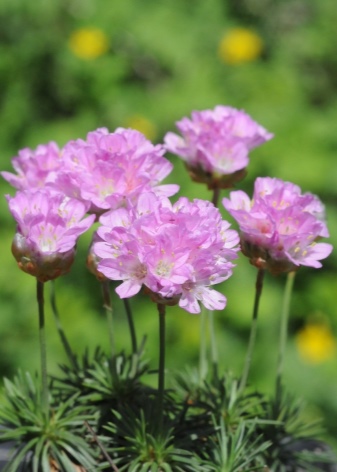

- Alpine. Ideal for decorating small flower beds, since the height of this perennial does not exceed 15 cm. Inflorescences are light pink, their diameter is up to 3 cm. The plant tolerates winter well. The flowering period lasts no more than one month, usually starting in June.

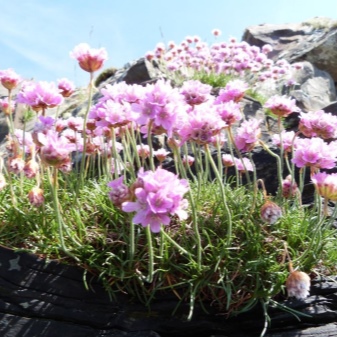
- Alba. It is considered the most favorite flower of gardeners, because it has a snow-white festive look. This armeria has abundant flowering, it begins in August and lasts until September. At this time, white even "balls" are formed on the stem. Plant height does not exceed 50 cm, it reproduces by rhizome and is resistant to disease. This perennial is perfect for decorating sunny flower beds.
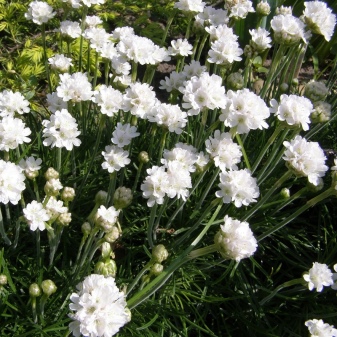
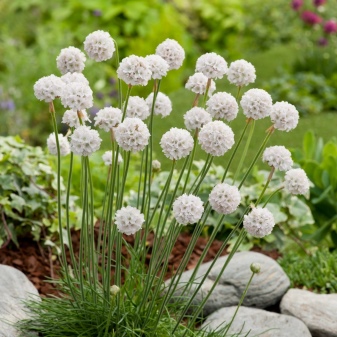
- "Splendens Perfect". The variety is characterized by its compact size. This ornamental plant has narrow leaves, outwardly they look like arrows. Inflorescences are crimson, bright.
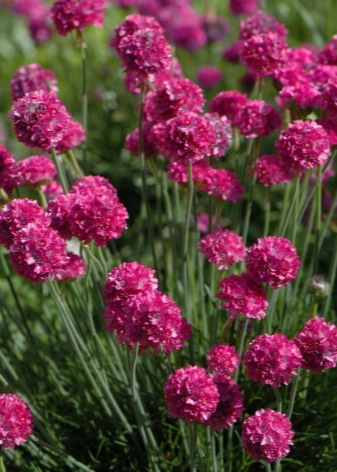
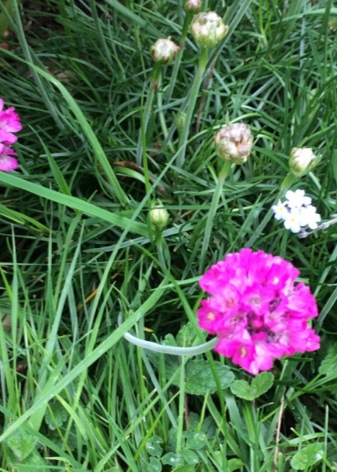
Such varieties as "Rubra" and "Armada White" deserve special attention: the first is ruby, and the second is snow-white.
How to plant?
Planting of seaside armeria is carried out in sunny areas. This perennial is unpretentious to the composition of the soil, but prefers to grow on rocky soil. When planting an ornamental plant at home, the following recommendations should be considered.
- Planting a flower in open ground is carried out after preliminary sowing of seeds, such events are usually carried out in mid-February. First, the seed is stratified, this takes no more than one week. The seeds are soaked in warm water for a day and a pot is prepared, which should be wide, but not deep. Drainage (crushed polystyrene, pebbles or expanded clay) and a substrate consisting of peat and sand are poured onto its bottom. Sowing is carried out to a depth of 0.5 cm.
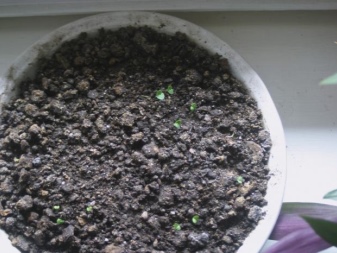
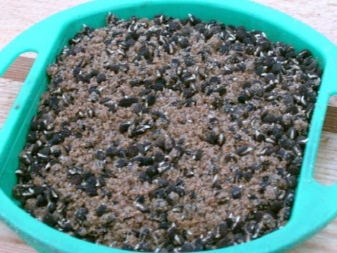
- Then the appearance of the first shoots is expected, which occurs 2-3 weeks after sowing. When 3-4 leaves are formed on the stem, you can start picking the seedlings, which must be planted in separate containers with a diameter of no more than 10 cm. It is allowed to place 2-3 shoots in one container.

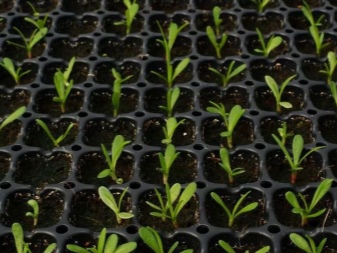
Some gardeners also sow plants directly to the flower bed, choosing a convenient period for this in spring or late autumn. At the same time, spring planting has more advantages, since the plant manages to form its root system before winter. It successfully tolerates wintering and will delight you with exuberant flowering next summer.
How to take care of it properly?
The cultivation of seaside armeria is not difficult, since this perennial does not require special care. The main thing in the cultivation of this plant is the timely application of mineral fertilizers. Top dressing must be carried out in three stages, the first of which prepares the perennial for flowering. Fertilization in this case occurs at the end of April or at the beginning of May. Then feeding is needed a month later, when the armeria blooms, and in the fall.
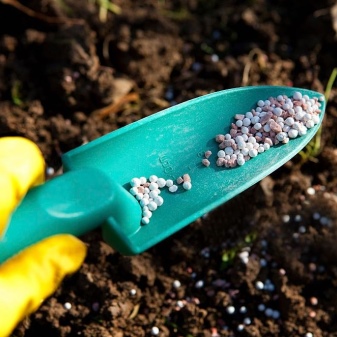
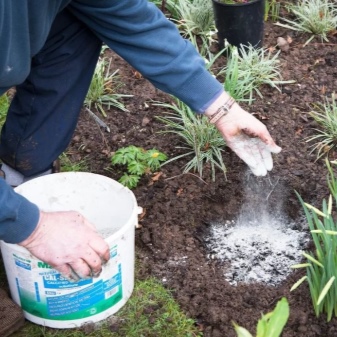
Watering of the plant also plays a huge role, which is especially important during dry periods. Watering the flower should be done in the evening, without eroding the soil at the rhizomes. In this case, one should not overdo it with "water procedures", otherwise excess moisture can provoke the process of decay. In order for the flower to retain its decorative qualities for a long time, it is necessary to transplant the bushes. This is best done every 5-6 years. As for wintering, most varieties do not require shelter for the winter. The only exception is turfy armeria, it is insulated with dry foliage or spruce branches.
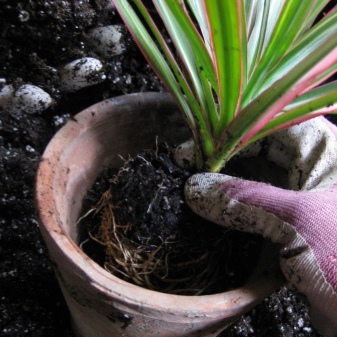
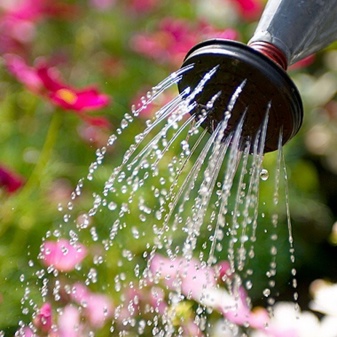
Reproduction methods
Armeria seaside can be propagated in several ways, each of which has its own advantages and disadvantages. Most often, gardeners use the following types of reproduction.
- Seeds. For this, the planting material is sown in a previously prepared area in open ground. In order for the seeds to sprout better, they must be soaked in warm water for several hours before planting.
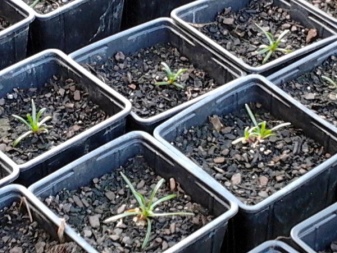
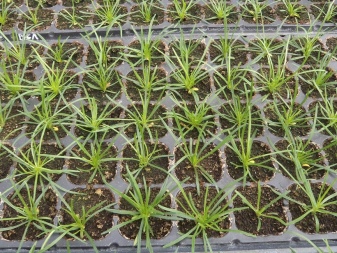
- Cuttings. This is an uncomplicated method of plant propagation that even a novice gardener can handle. First, cuttings are carefully selected, they are carefully cut from the plant and planted in the soil, having previously pulled out a shallow hole. Cuttings should not be planted too deeply, at a distance of 25-30 cm from each other. Reproduction in this way can be carried out throughout the summer.
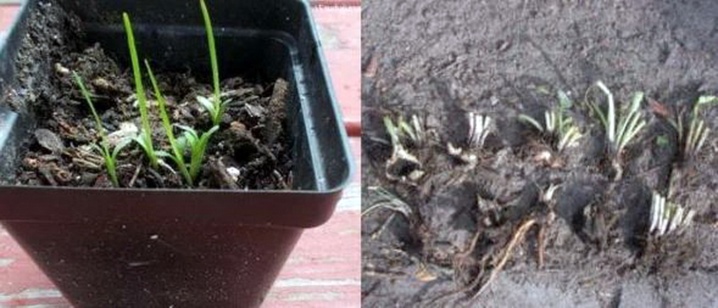
- By dividing the bush. For this, plants are chosen that are at least three years old. It is best to propagate armeria by dividing the bush in spring or autumn, after flowering. The bushes are carefully dug up and divided into several parts. If there are areas affected by rot on the rhizome, they are cleaned, cut off and sprinkled with activated carbon. The planting material obtained in this way is planted in open ground in areas well-illuminated by the sun, observing a distance between the bushes of 20 cm.
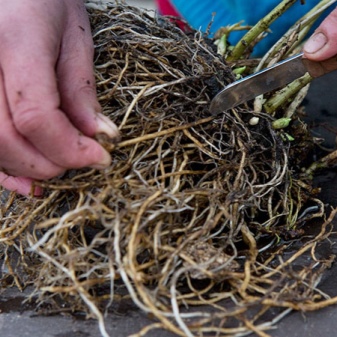
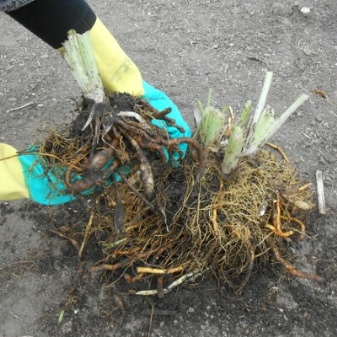
If you correctly follow all the instructions for the reproduction of a plant, then it will quickly take root, begin to form new leaves and for the next season will delight you with its beauty, being an original addition to any flower arrangement on the site.
Diseases and pests
The seaside armeria, unlike other ornamental plants, is highly resistant to diseases and pests. If any troubles happen with a perennial, then this is mainly due to improper planting or caring for it. So, excessive watering of the flower can lead to decay of the root system and this can only be corrected by changing the watering regime. In addition, armeria can sometimes be affected by bacterial leaf spot, which stops the development of the plant and leads to poor flowering. If signs of spotting are found, it is urgent to cut off the diseased areas and completely treat the bush with special medications. As for insects, this flower is defenseless against aphids. A systematic treatment of bushes with such protective agents as "Kinmiks", "Intavir", "Karbofos" will help to avoid a massive settlement of this pest.

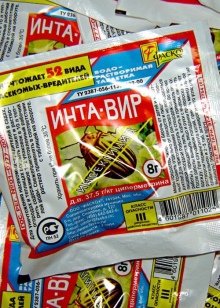

Use in landscape design
Armeria seaside is considered an ornamental plant, which all flower growers dream of seeing on their plots. To decorate the original landscape design, a flower bed is used, where low-growing perennial varieties are planted. Flowers planted as a border along alleys and paths also look good. An original solution will be the use of armeria for decorating rock gardens and stone gardens, it can be supplemented with undersized coniferous shrubs. A flower is also well suited for decorating awnings, balconies and terraces, for this it is planted in pots.

For information on how to properly care for the seaside army, see the next video.







































































































The comment was sent successfully.